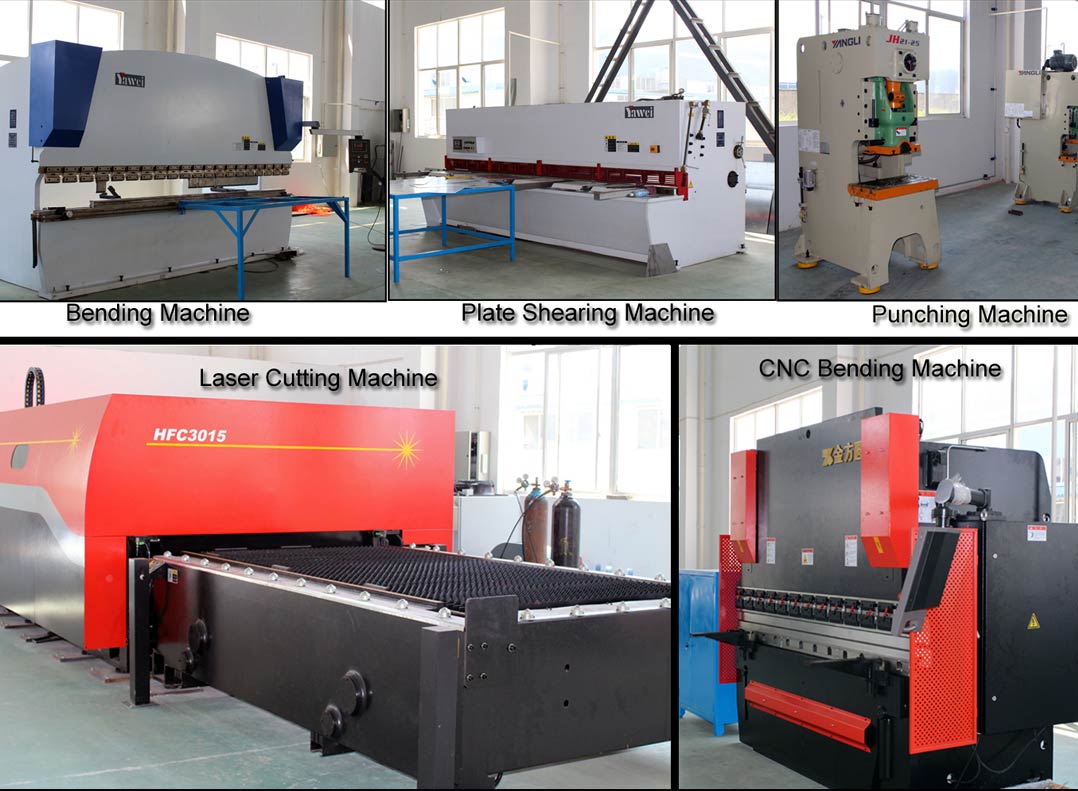(1) For electrophoretic coating of general metal surfac […]
(1) For electrophoretic coating of general metal surfaces, the process flow is: pre-cleaning → online → degreasing → water washing → rust removal → water washing → neutralization → water washing → phosphating → water washing → passivation → electrophoretic coating → tank top Cleaning → ultrafiltration water washing → drying → offline.
(2) The substrate and pretreatment of the coated object have a great influence on the electrophoretic coating film. Castings are generally derusted by sandblasting or shot blasting, cotton yarn is used to remove floating dust on the surface of the workpiece, and 80#~120# sandpaper is used to remove residual steel shots and other debris on the surface. The steel surface is treated with degreasing and rust removal. When the surface requirements are too high, phosphating and passivating surface treatments are carried out. Ferrous metal workpieces must be phosphated before anodic electrophoresis, otherwise the corrosion resistance of the paint film will be poor. For phosphating treatment, zinc salt phosphating film is generally selected, with a thickness of about 1 to 2 μm, and the phosphating film is required to have fine and uniform crystals.
(3) In the filtration system, a primary filtration is generally adopted, and the filter is a mesh bag structure with a pore size of 25-75μm. The electrophoretic paint is transported to the filter through a vertical pump for filtration. Considering the comprehensive replacement cycle and the quality of the paint film, the filter bag with a pore size of 50μm is the best. It can not only meet the quality requirements of the paint film, but also solve the problem of clogging of the filter bag.

(4) The size of the circulation system of electrophoretic coating directly affects the stability of the bath and the quality of the paint film. Increasing the circulation volume will reduce the precipitation and bubbles of the bath liquid; however, the aging of the bath liquid will accelerate, the energy consumption will increase, and the stability of the bath liquid will become worse. It is ideal to control the cycle times of the tank liquid to 6-8 times/h, which not only guarantees the quality of the paint film, but also ensures the stable operation of the tank liquid.
(5) As the production time increases, the impedance of the anode diaphragm will increase and the effective working voltage will decrease. Therefore, in production, the operating voltage of the power supply should be gradually increased according to the voltage loss to compensate for the voltage drop of the anode diaphragm.
(6) The ultrafiltration system controls the concentration of impurity ions brought by the workpiece to ensure the quality of coating. In the operation of this system, it should be noted that once the system is in operation, it should run continuously, and it is strictly forbidden to run intermittently to prevent the ultrafiltration membrane from drying out. The dried resin and pigment adhere to the ultrafiltration membrane and cannot be cleaned thoroughly, which will seriously affect the water permeability and service life of the ultrafiltration membrane. The water output rate of the ultrafiltration membrane shows a downward trend with the running time. It should be cleaned once for 30-40 days of continuous work to ensure the ultrafiltration water required for the ultrafiltration leaching and washing.
(7) The electrophoretic coating method is suitable for the production process of a large number of assembly lines. The renewal cycle of the electrophoresis bath should be within 3 months. Taking an electrophoresis production line with an annual output of 300,000 steel rings as an example, the scientific management of the bath is extremely important. Various parameters of the bath are regularly tested, and the bath is adjusted and replaced according to the test results. Generally, the parameters of the bath solution are measured at the following frequency: the pH value, solid content and conductivity of the electrophoresis solution, ultrafiltration solution and ultrafiltration cleaning solution, anion (anode) polar solution, circulating lotion, and deionization cleaning solution once a day; Base ratio, organic solvent content, and laboratory small tank test twice a week.
(8) For the management of the quality of the paint film, the uniformity and thickness of the paint film should be checked frequently, and the appearance should not be pinholes, sagging, orange peel, wrinkles, etc., and the adhesion and corrosion resistance of the paint film should be checked regularly And other physical and chemical indicators. The inspection cycle is in accordance with the manufacturer's inspection standards, and generally each batch needs to be inspected.
The use of electrophoretic coating and water-based paint marks a major advancement in the coating industry.
Electrophoretic coating has a fast construction speed, which can realize mechanization and automatic continuous operation, reduce labor intensity, uniform paint film, strong adhesion, and it is difficult to apply or poorly painted parts for general coating methods, such as the rib plate welding mentioned above. A uniform, flat and smooth paint film can be obtained at seams and other places. The paint utilization rate is as high as 90%-95%. Because the electrophoretic paint uses water as the solvent, it has the advantages of non-flammability, non-toxicity, and convenient operation. The dried paint film after electrophoresis has excellent adhesion, and its rust resistance, corrosion resistance, weather resistance and other properties are better than ordinary paint and general construction methods.
Related products: powder coating equipments